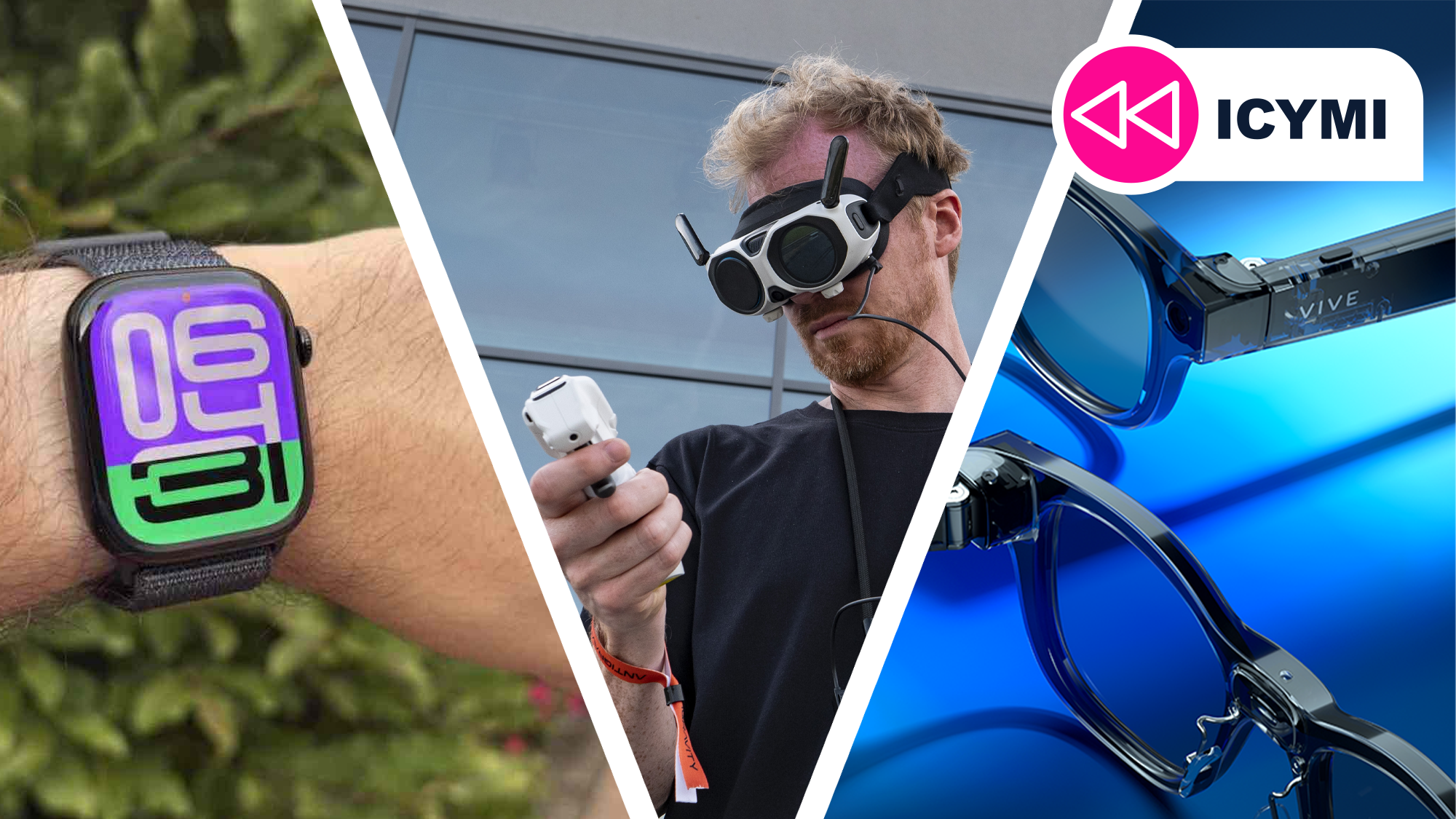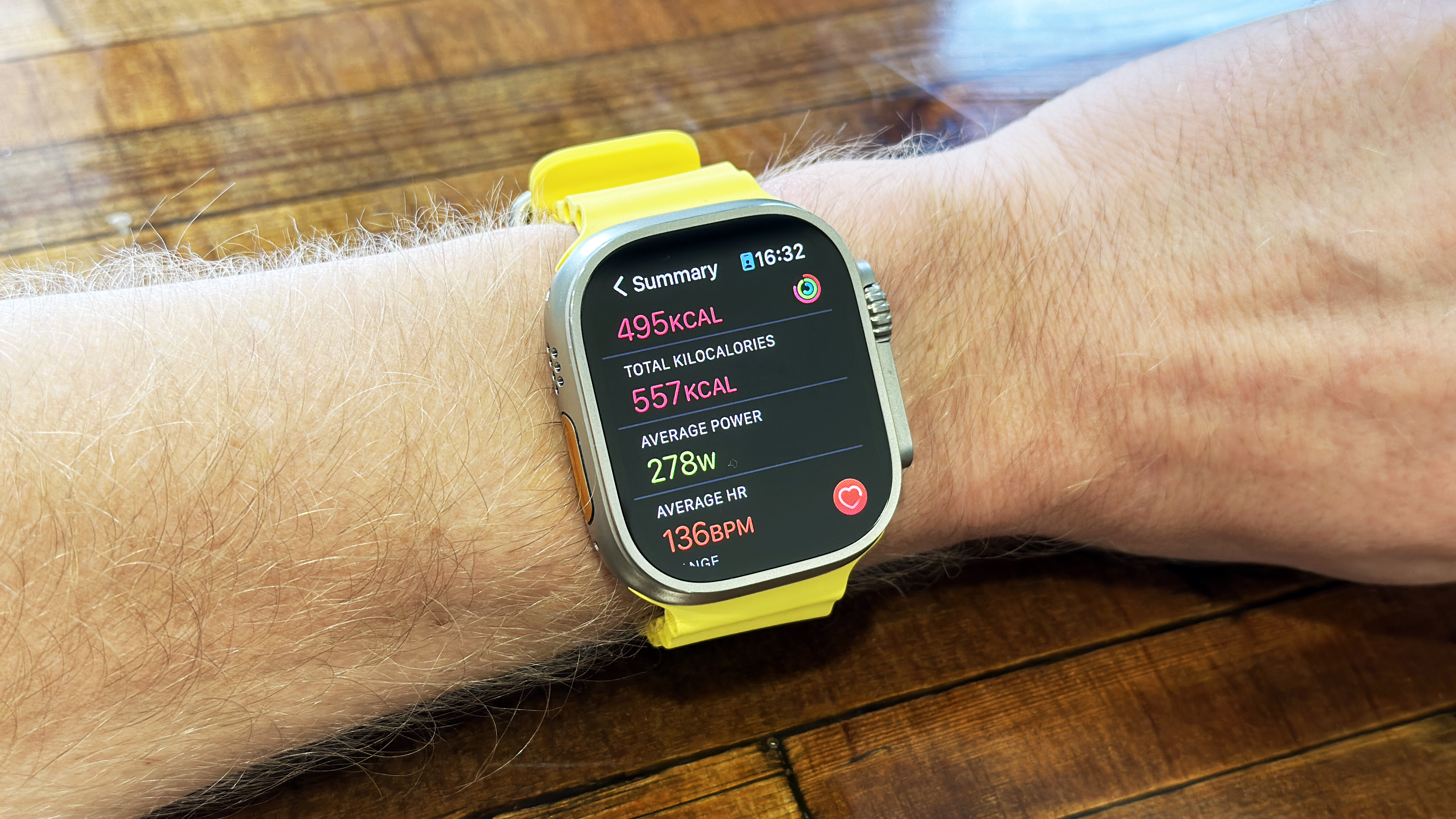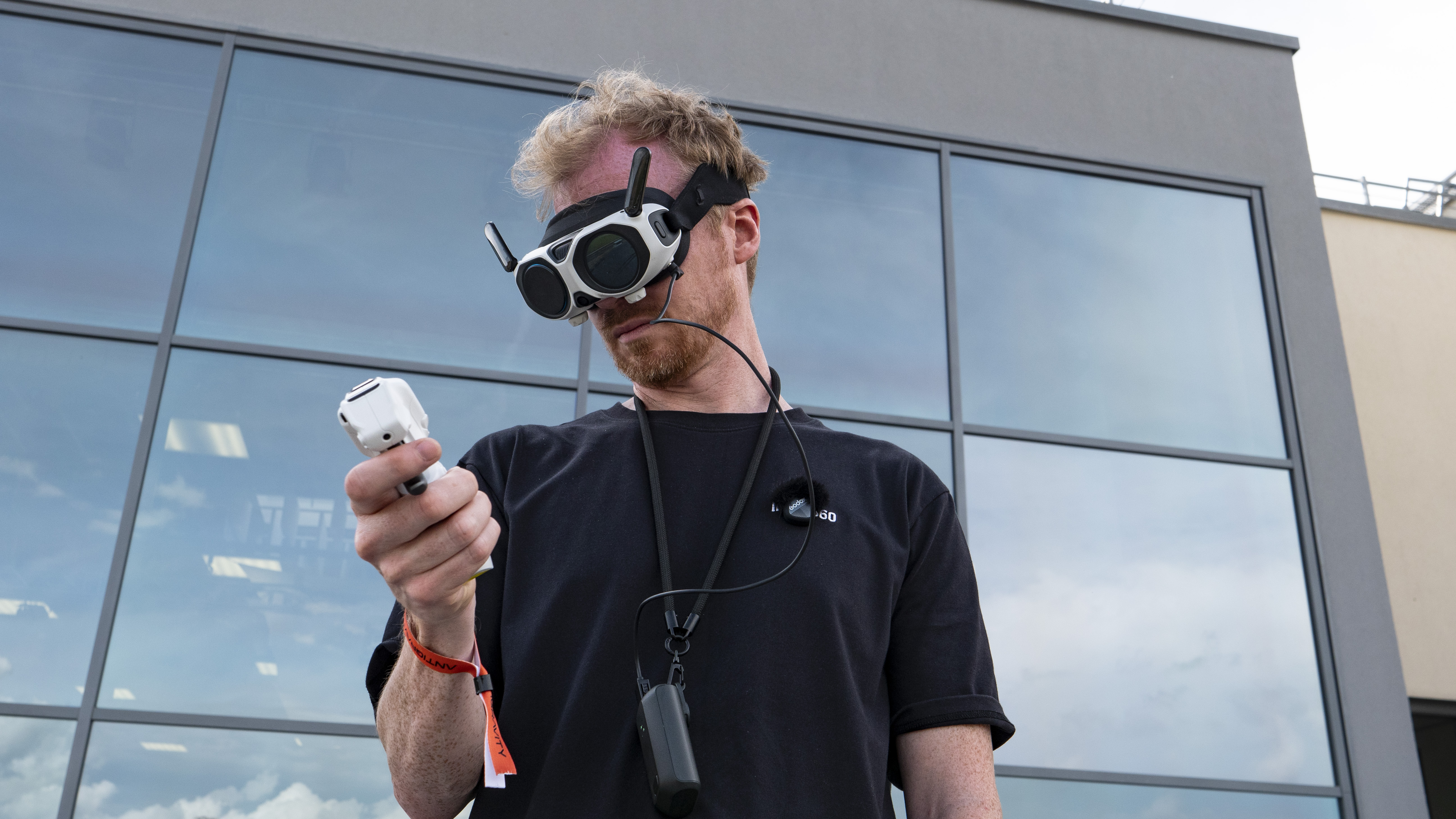ICYMI: the week's 7 biggest tech stories from the demise of dial-up to the return of a missing Apple Watch feature
Here's your firmware update for August 16, 2025

It's been another busy week in the world of tech.
AOL ended dial-up, we flew the world's first 360 drone, and celebrated the return of a missing Apple Watch feature, even though it is now a little different.
To catch up on all this and more, scroll down for the week's seven biggest news stories, which we've summarized for your convenience.
7. AOL ended dial-up

In our modern age, constant connectivity is a given, but there was a time when you made the connection through dial-up. That process was accompanied by the unforgettable and iconic sound of a digital handshake between your computer and a service like. Now, the last vestiges of AOL’s dial-up service are disappearing. We look at what that means.
6. Apple spoiled an AirPods upgrade

The latest developer beta of iOS 26 has seemingly teased a major unannounced upgrade for AirPods 4 and AirPods Pro 2: real-world, real-time translation.
Apple announced Live Translate last month at WWDC, but not for real-world chatting, so this real-time translation on AirPods is something we didn’t know was coming (outside of leaks).
Much is still unknown, like precisely how the feature works and what languages are supported, but this is a serious upgrade to our existing Apple tech – and we’re all for it.
Sign up for breaking news, reviews, opinion, top tech deals, and more.
5. HTC launched Vive glasses

HTC has for some time felt like it’s second-fiddle to Meta in the VR headset category, but its new Vive Eagle glasses could be a winner.
Hardware-wise, Vive goes beat for beat with the competition. It boasts a 12MP snapper as well as open-ear speakers, and a solid battery life of up to 36 hours of standby time and 4.5 hours of music playback while still boasting a sleek 49g design.
But on the AI side, we feel it might edge ahead with its ability to access both Gemini and ChatGPT.
The catch? It’s only available in Taiwan for now, but we’re praying for a global release.
4. Samsung debuted a world’s first in its latest TV

Samsung officially revealed that its micro-RGB TV is coming to the market, first launching in South Korea in a 115-inch size. Samsung says the tech will eventually come to smaller sets.
Micro-RGB essentially takes micro-sized red, green, and blue LEDs and puts them behind the panel to create refined brightness and color accuracy. It hit 100% HDR color gamut coverage of the BT.2020 color space: a TV first!
The bad news is that micro-RGB is expensive. The 115-inch model is launching in South Korea at 44.9 million KRW, which works out at roughly $32,000 / £24,000 / €28,000 / AU$49,750 (yikes!), so this is definitely out of most people’s budgets. Samsung believes the tech will quickly become more affordable and become a real rival to OLED. Watch this space!
- Read more: Cutting-edge TV tech with a sky-high price
3. Apple brought back an Apple Watch tool

Following an 18-month ban, Blood Oxygen tracking is finally coming back to the Apple Watch Series 9, Series 10, and Ultra 2 – it’s a little different this time, however.
It was disabled over a ruling in January 2024 due to a patent dispute between Massimo and Apple, but Apple has found a way to obey the ruling and give users access to the feature.
That is, the reading no longer shows on your watch; it’ll appear only on your iPhone – with Apple explaining the update was also enabled by a recent U.S. Customs ruling.
2. We flew the world’s first 360-degree drone

After its debut a short while ago, we finally had the chance to demo the new Insta360 Antigravity drone – and it’s the most exciting drone we’ve seen in years.
It's no exaggeration to say that flying the A1 is child's play. Overcome the disorientation caused by wearing the goggles as the drone takes to the sky, and you'll quickly get to grips with the Motion controller, and how to use it to control the drone's altitude and flight path.
Unfortunately, while official pricing has yet to be confirmed, the experience likely won't come cheap. You’ve got the drone itself (which packs 360 camera tech) and a headset. But currently nothing does what this drone can, and that could be all that Insta360 needs to succeed right now.
- Read more: I had a blast flying Insta360's Antigravity
1. OpenAI responded to the haters

OpenAI CEO Sam Altman has addressed criticism over the restrictive message cap for ChatGPT Plus users on GPT-5. When the new model launched, Plus subscribers could only send 200 reasoning messages a week, which many saw as a downgrade from the previous model, GPT-4o. Altman confirmed the limit would increase to 3,000 prompts a week for paid subscribers.
Altman also confirmed that OpenAI is working on clearer UI labels to show exactly which model is responding in ChatGPT, something many users have been asking for since the update.
The announcement comes after a wave of backlash over GPT-5, with complaints about the smaller upgrade than expected and the removal of GPT-4o, which has since been restored. Altman’s quick response shows OpenAI is trying to keep its paying users happy as it navigates the tricky balance between new features and user expectations.

Hamish is a Senior Staff Writer for TechRadar and you’ll see his name appearing on articles across nearly every topic on the site from smart home deals to speaker reviews to graphics card news and everything in between. He uses his broad range of knowledge to help explain the latest gadgets and if they’re a must-buy or a fad fueled by hype. Though his specialty is writing about everything going on in the world of virtual reality and augmented reality.
- Jacob KrolUS Managing Editor News
- Timothy ColemanCameras editor
- Lance UlanoffEditor At Large
- James DavidsonTV Hardware Staff Writer, Home Entertainment
- Carrie Marshall
You must confirm your public display name before commenting
Please logout and then login again, you will then be prompted to enter your display name.